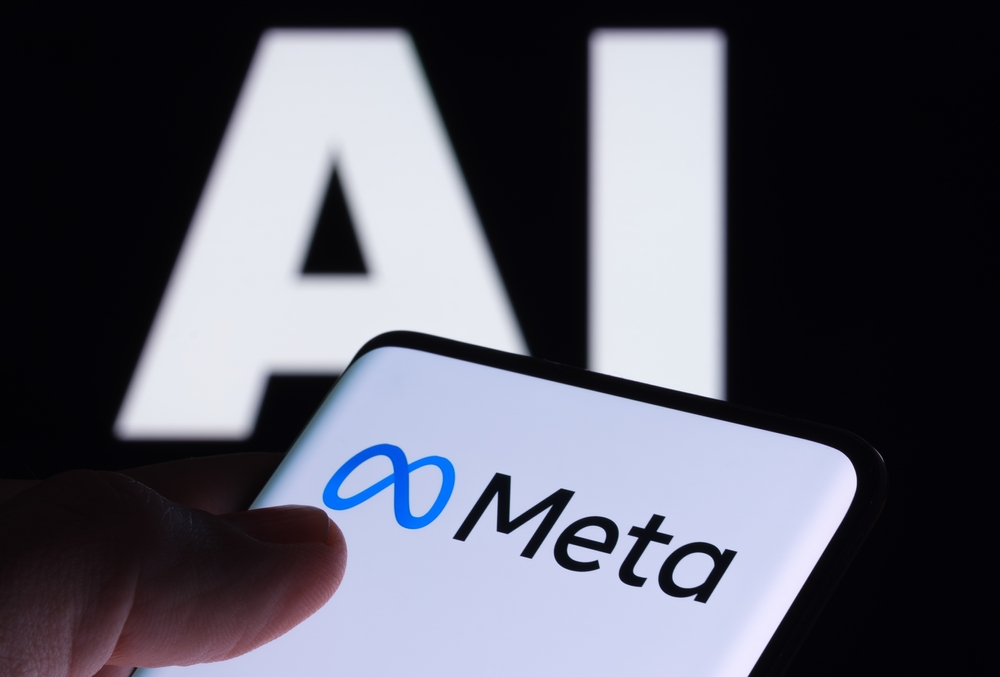Meta’s next Llama artificial intelligence release could combat the supremacy of OpenAI’s GPT-4. However, Mark Zuckerberg has yet to disclose the release’s timing.
Interest concerning Meta’s next significant move is gaining excitement in the race to control the artificial intelligence (AI) sector. The Llama 2 generative text model was unveiled in July and is deeply rooted in the marketplace.
As such, artificial intelligence watchers are keenly exploring Llama 3’s signs. If prevailing rumors are to be believed, the tech giant’s continuation to its open-source achievement could come early next year.
Meta’s Preparedness to Dominate LLMs
Despite the lack of official confirmation of the reports, Mark Zuckerberg recently explained what might be the future of Meta’s large language models (LLMs). First, he admitted that Llama 3 is imminent. However, he claimed that the new foundational artificial intelligence model is not a major priority, while the most pressing matter remains improving Llama 2 to make it more friendly to clients.
In a podcast interview focusing on the connection between artificial intelligence and the metaverse, Zuckerberg said another model is continuously being trained.
Further, he claimed they trained Llama and released it as an open-source model, and the current priority entails developing it into several consumer products. Zuckerberg also said they were working on the future foundation structures, and he lacked news.
Despite Meta not officially corroborating the reports, trends in development cycles and hefty hardware investments indicate an impending unveiling. Llama 1 and Llama 2 experienced a six-month training interval, and if the pace is maintained, the new Llama 3, thought to be equal to OpenAI’s GPT-4, might be unveiled in the first half of next year. LlamaShill, a Reddit user, added depth to the rumor by recommending a comprehensive assessment of Meta’s historical model development cycles.
Llama 1’s training happened from July 2022 to January this year, while Llama 2’s training lasted until July 2023. As such, the user suggested developing a reasonable stage for the training of Llama 3 from July 2023 to January next year.
These perceptions are consistent with the tale of a Meta persistently pursuing artificial intelligence excellence, eager to demonstrate its subsequent development that could match GPT-4’s abilities.
Iteration to Redevelop Meta’s Competitive Edge
In the meantime, social media and tech forums are vibrant with talks concerning how the new iteration could redevelop Meta’s competitive edge. Further, the tech community has made a possible timeline from the bits of available data.
Include some Twitter rumors, which allegedly involved a discussion at a ‘Meta GenAI’ social. Afterward, OpenAI researcher Jason Wei retweeted the conversation by claiming that according to an anonymous source, the code to train Llama 3 and Llama 4 exists. He also acknowledged that it would be open-sourced.
In the meantime, the firm’s collaboration with Dell, providing Llama 2 on-premises for enterprise users, highlights its dedication to control and security over private information. For the time being, this strategy is suggestive and strategic. The dedication is crucial as Meta prepares to rival behemoths such as Google and OpenAI.
Meta is also incorporating artificial intelligence into most of its products. As such, it is sensible for the firm to improve its significance so as not to lag. Meta AI, Meta generative services, Meta’s artificial intelligence glasses, and Meta’s chatbots are powered by Llama 2
Amid the rumor whirlwind, Zuckerberg’s reflections concerning Llama 3’s open sourcing have resulted in mystery and secrecy. During a podcast with a computer expert, Lex Fridman said that a process to red team and promote safety was necessary.
Llama Features Multi-Tiered Structure to Generate Human-Resembling Text
Llama 2 comprises a multi-tiered structure with versions providing 7 billion, 13 billion, and a strong 70 billion parameters, and each matches different intricacy and computational power levels.
Parameters in large language models are the neural building components that determine the capability of a model to comprehend and generate language. Often, the number of parameters corresponds to the model’s complexity and possible output quality.
The artificial intelligence giant has been trained on 2 trillion tokens, reinforcing its capability to navigate and create human-resembling text across various contexts and subjects. Behind the scenes, the hardware foundation is also being developed.
According to a media report, Meta equips a data center with Nvidia 100s, one of the most robust pieces of hardware for artificial intelligence training. This is a vivid indicator of progress.
The truth is still masked in corporate silence despite all the speculation and enthusiasm.
Meta’s goal to compete in the artificial intelligence space is significantly affected by needed training times, open-source queries, and hardware investments. Meanwhile, expectation is as tangible as the probability of a Llama3 release in 2024.
Editorial credit: Ascannio / Shutterstock.com
